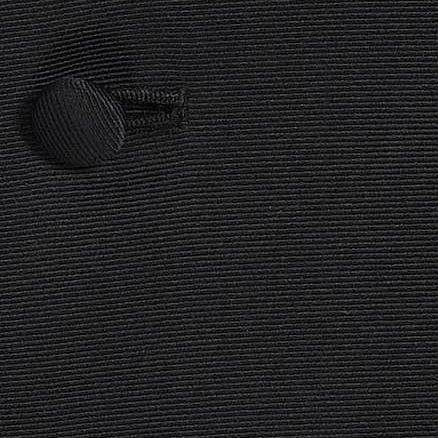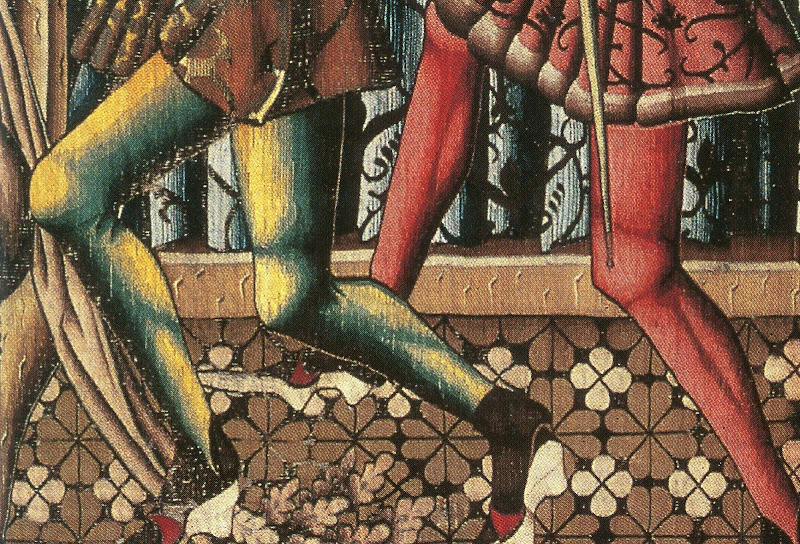A pair of Rerebraces shitten withinne the plates before wt twi forlockes and behinde wt thre forlocks. A paire of vaunt bras cloos wt voydours of mayle & fretted.
I am concerned about the first part of this. There are different ways the sentence might be broken, which changes the meaning.
It might be "a pair of rerebraces (shitten). Withinne the plates....." That is to say, "a pair of shut rerebraces. Within the plates....", or " a pair of closed rerebraces. Within the plates...."
On the other hand, it could be "a pair of rerebraces shitten within the plates." That is to say, "a pair of rerebraces (which are) shut within the plates." The "plates" here might be the "pair of plates". This might just tell us that there should be no significant gaps between breast and rerebrace, or it might be suggesting one of those sophisticated "gussets of plate" for the armpit.
It might even be "a pair of rerebraces shitten within the plates before." Which might mean "a pair of rerebraces shut within the plates before" If the "plates before" are the upper cannon of the arm defense, than we might be meant to understand that the shoulder armor tucks into the upper cannon of arm defense.
Or, how about this. "a pair of rerebraces. Shitten within the plates (before wt twi forlockes and behind wt three forlocks, a pair of vaunt bras...etc". Broken this way it might mean that the rerebraces are meant to enclose the upper cannon of the arm defense by means of the aforesaid forlocks. This could be interpreted as the arrangement on the Lysle brass.
I am also worried about the arrangement of these "forelocks". I presume that "twi" is "two" (2). and "thre" is "three" (3). If these are all on the same cannon, why is there a different number specified for "before" and "behinde"?
Further, if "forlockes" are some sort of loose-pin fastener, why would a cannon need them both before and behind? Simple hinges would do for one of those locations.
Mac






